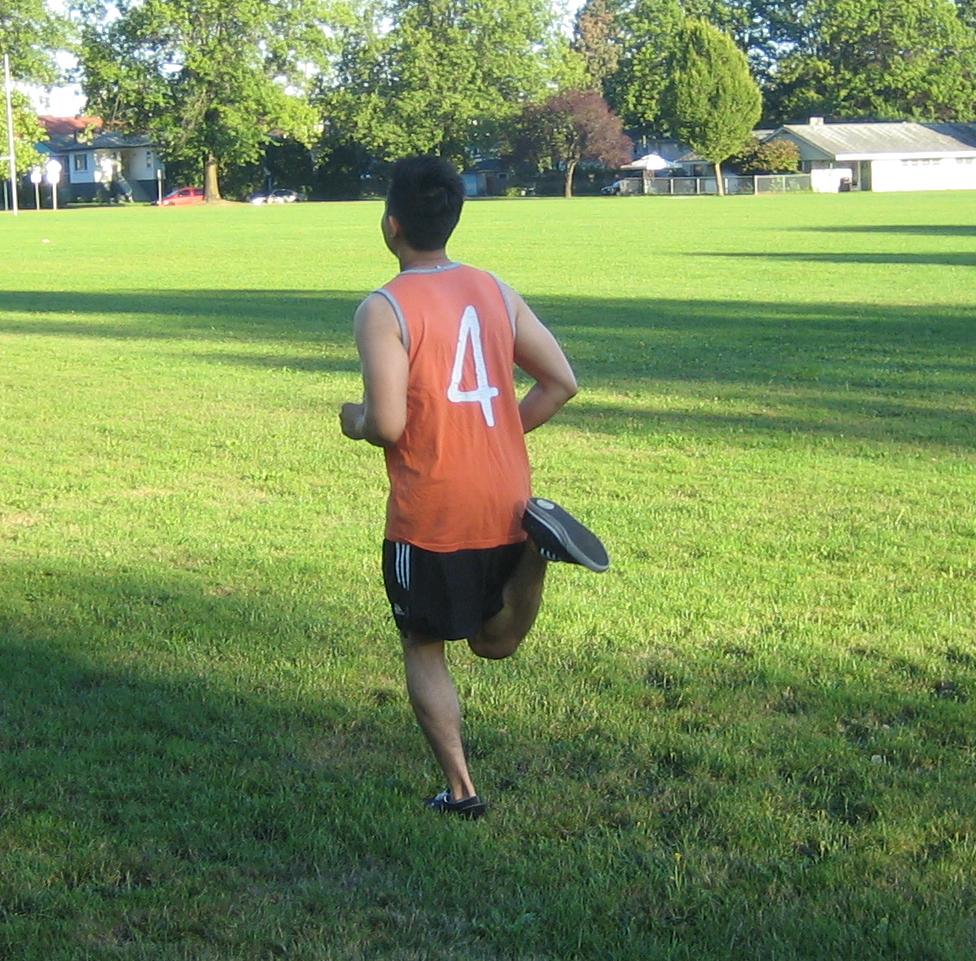Peripheral artery disease (PAD) involves narrowing of the peripheral arteries to the arms, legs, stomach and head, but common in the arteries of the legs. It is strikingly comparable to coronary artery disease (CAD).
Remember that both CAD and PAD are brought about by atherosclerosis that narrows down and blocks the arteries in various areas in the body.
Risk factors
- Among those who smoke, there is a high risk for peripheral artery disease.
- If diagnosed with diabetes
- Individuals with high blood pressure or cholesterol
- Aging
Management of peripheral artery disease
The treatment for peripheral artery disease is aimed on minimizing the symptoms and preventing further progression of the disease.
Physical activity

The doctor recommends a regimen of supervised exercises which is called as cardiac rehabilitation. It is usually started slow but walking, leg exercise and using a treadmill can alleviate the symptoms.
Dietary modifications
The diet must be low in saturated and trans-fat to help lower the blood cholesterol levels. In some cases, cholesterol-lowering medications might be required to maintain proper cholesterol levels.
Smoking cessation
Tobacco smoke is a main risk factor for peripheral artery disease and increases the risk for stroke and heart attack. Cessation of smoking slows down the progression of the disease and other heart-related conditions.
Medications
High blood pressure medications and/or cholesterol-reducing medications might be prescribed by the doctor. Make sure that the medication must be taken as recommended.
Medications to prevent blood clots are also prescribed by the doctor.
Diabetes control
The individual should work hand in hand with a doctor and make the necessary lifestyle changes to properly manage diabetes. This can help minimize the development of limb-related complications.
Procedures
If the above recommendations and treatments options are not enough, minimally invasive treatment or surgery might be required. Stent placement or angioplasty are non-surgical and carried out by creating a small-sized incision where a catheter is inserted to reach the obstructed artery.

